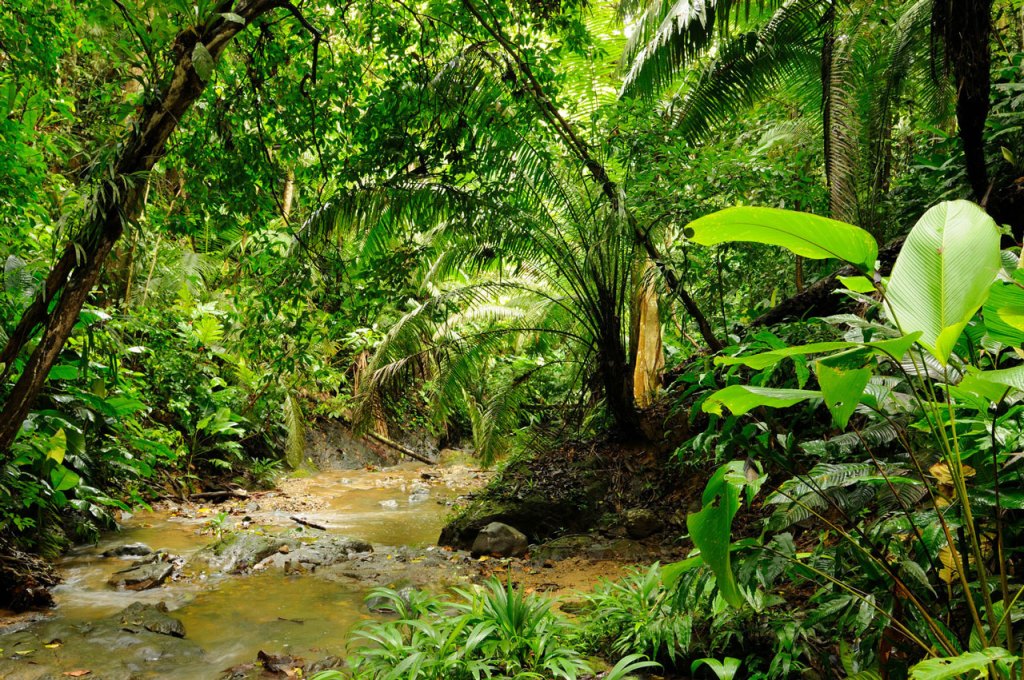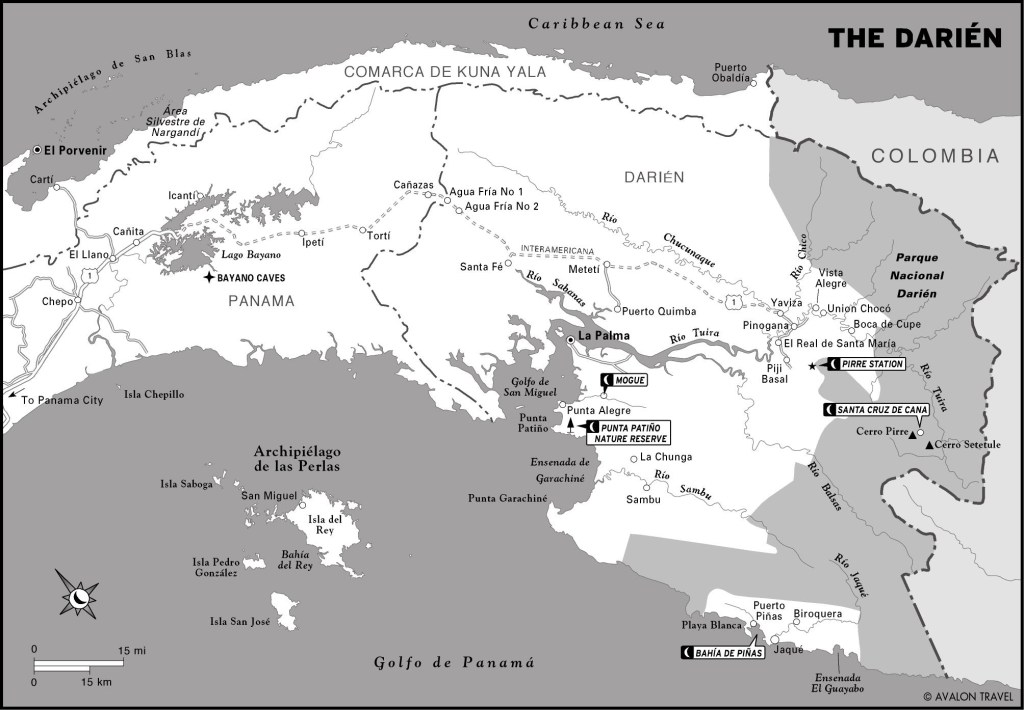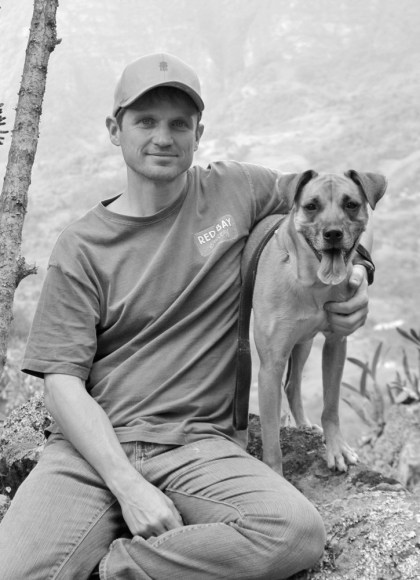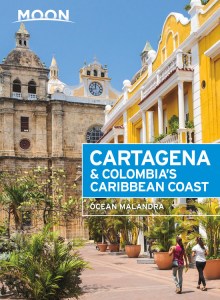An Overview of Colombia’s Darien Gap
The sparsely populated Darien Gap, a 160-kilometer-long (100-mile-long) and 50-kilometer-wide (30-mile-wide) stretch of mountainous jungle and swamp extending from Panama to Colombia, has long captured the imagination of adventurers.
The two crescent-shaped villages of Capurganá and Sapzurro, built between the sea and the interior mountains of the small and low Darien Mountain Range, are within howling distance of the Panamanian border, but they seem far, far away from anything else. Capurganá and Sapzurro are on the eastern edges of the Darien Gap, a stretch of land that connects Central America (via Panama) with South America (via Colombia). The stretch of tropical rainforest here is the only interruption in the famous Pan-American Highway, which extends from Alaska to Patagonia.

With its absence of roads and the cover provided by the jungle’s canopy, the entire Darien region has been a major corridor for the trafficking of illegal drugs from Colombia into Central America, which has also meant that there has been a heavy presence of both guerrillas and paramilitaries. Capurganá and Sapzurro suffered greatly from drug-related violence during the 1990s and early 2000s. Thanks in part to a strong military presence, safety in the area has vastly improved. Though drug trafficking continues deep in the jungle, kidnappings and violent skirmishes don’t affect locals or visitors.
While much of the Colombian Darien is lowland and swamp, as it is part of the Río Atrato basin, near the border with Panama, the terrain is mountainous and covered in tropical jungle. Within minutes of leaving your hotel you’ll be surrounded by the sounds of the jungle, accompanied only by the occasional bright green and black speckled toad and maybe a band of howler monkeys.
Here in the Colombian Darien, the majority of the population is Afro-Colombian. Capurganá is the larger village of the two, though both are tiny. There are no cars in either village. Get around on foot, by bike, or by boat.
To get here, you have to either take a flight from Medellín (to either the Capurganá or Acandí airport) or take a lancha (from Turbo or Acandí). Should the seas be too rough or if a general strike shuts down everything (as when we were there), you may just be stuck in the jungle for a couple days more.

Newsletter Signup
By clicking ‘Sign Up,’ I acknowledge that I have read and agree to Hachette Book Group’s Privacy Policy and Terms of Use
Pin it for Later


